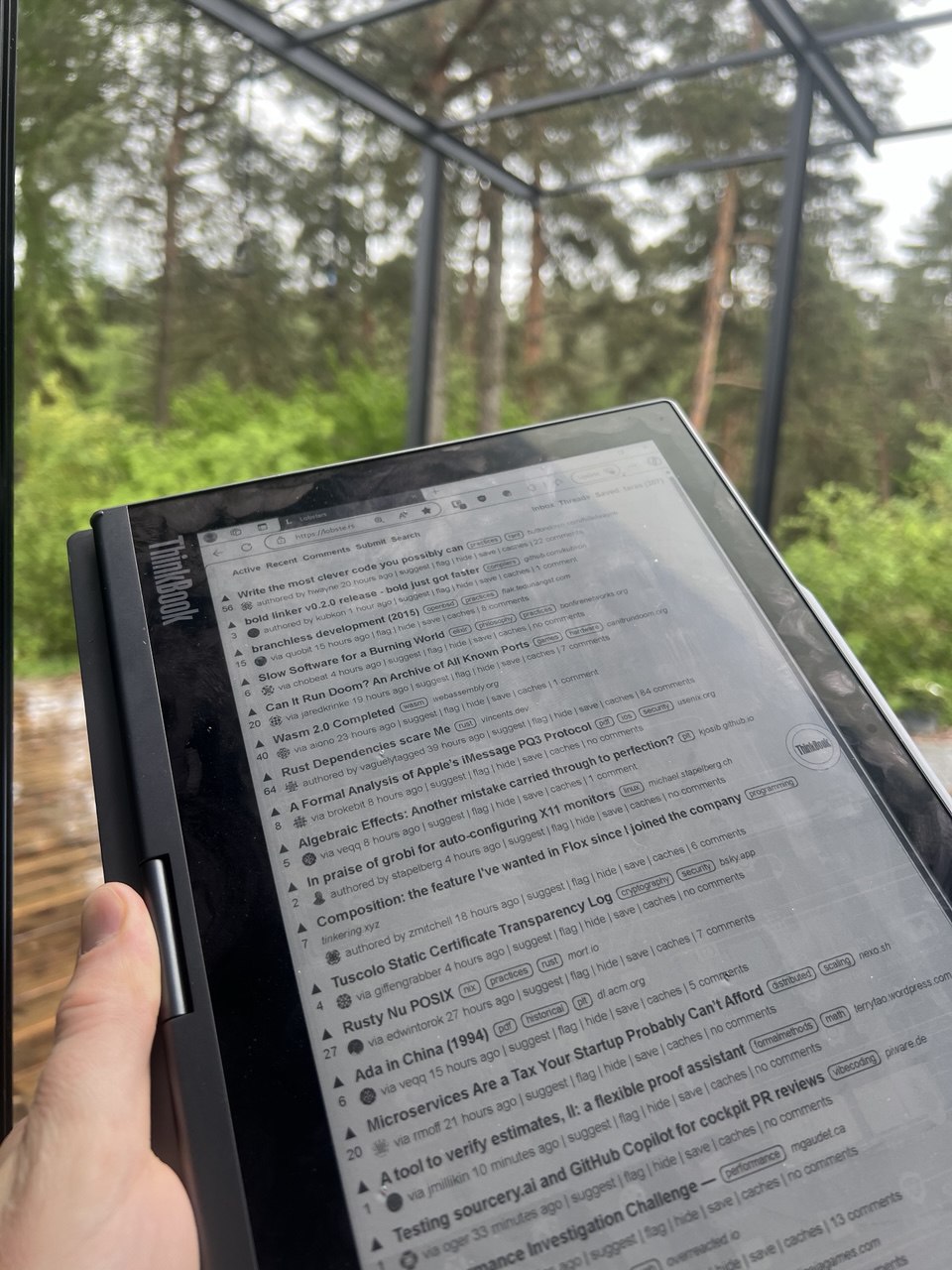The Case for Secrets as Code: Stop Click-Managing Secrets
We live in the age of software as a service, secret keys are everywhere. Yet somehow it is still normal to click-manage secrets. Smart people share them via signal,smarter people, share them via a password manager like Bitwarden. Super-advanced people punch them into GitHub UI and only let github actions have access to secrets. Infra-devops people spin up Vault or AWS secret manager or similar to inject secrets. In all situations secrets have a lifecycle that is completely disconnected from code, causing the two to get out of sync or worse. ...
